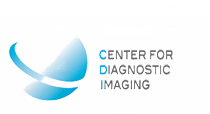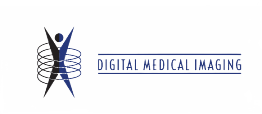
Self Examination

If you choose to do breast self-exams, ask your doctor when to begin them. Ask your doctor to show you how to do a breast self-exam. The American Cancer Society re-commends that doctors inform women about the benefits and limitations of breast exams when they reach age 20. You can still conduct breast exams if you are pregnant, are breast-feeding, have gone through menopause or have breast implants.
Choose the time during your menstrual cycle when your breasts are the least tender.
Your hormone levels fluctuate each month during your menstrual cycle, which causes changes in breast tissue. Swelling begins to decrease when your period starts. That’s why the best time to perform a self-exam is a few days after your period ends.
If you don’t menstruate, pick a certain day of the month.
If you don’t get your period and would like to do breast self-exams, you could choose a certain day of the month on which to do the exam. But it’s OK if you choose not to perform exams every single month.
Keep a notebook handy.
Use a notebook to record what you notice in your breasts. Some women may find it helpful to draw a map of their breasts after breast exams. For example, you could note that the upper portion of your left breast seems slightly thicker than the lower half. If the area of thickness becomes more prominent on subsequent exams, your drawings could help you see the change. Or you might note that the upper outer quadrant of your right breast is highly sensitive just before your period begins but improves after it starts.
If you’ve recorded that sensitivity every month, you and your doctor might determine that the change corresponds with hormonal fluctuations and is nothing to be concerned about.



